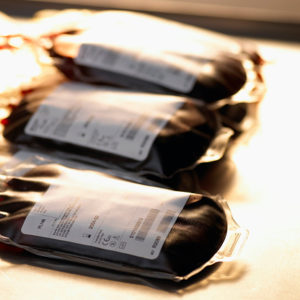The current World Health Organization (WHO) guidelines recommend 10-20 blood donations per 1000 individuals, but these guidelines do not take into account demographics, economics, and local epidemiology of specific diseases. In order to gain a better understanding of the global supply of blood products, researchers used data from the WHO Global Status Report on Blood Safety and Availability to estimate blood supply for 195 countries from 2011-2013. To estimate the global need, inpatient databases from the US were used to calculate the units of RBCs, platelets and plasma typically needed for 20 different transfusion scenarios. Based on a mixed-effects spatiotemporal Gaussian-process regression model, the global need for blood products was greater than the supply (304,711,244 units needed and 272,270,243 units supplied), with a need-to-supply ratio of 1.12 (95% uncertainty interval [UI] 1.07-1.16). The majority of countries (119/195; 61%) needed more blood products; those with the greatest unmet need were in sub-Saharan African, south and southeast Asia, and Oceania. Significant variation of need and supply was observed based on regional epidemiology and income, but the blood needs for many countries exceeded donations.
Reference:

